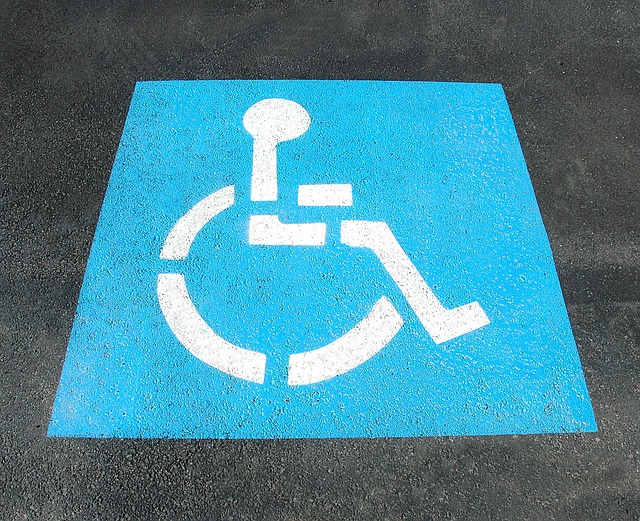Somewhere in California, a workers’ compensation injury is about to occur. The initial steps in a work comp claim are some of the most important, as they can determine the complexity and timeliness of an injured workers’ case. The Doctor’s First Report (or DFR) is the first step in determining care. What are these first steps?
-
-
-
-
- After a worker is injured on the job, the worker reports the incident to the employer.
- A medical provider examines the injured worker.
- The medical provider completes a Doctor’s First Report (DFR) that includes information about the patient and the history of the injury.
-
-
-
A DFR must be filled out for all on-the-job injuries according to the California Department of Industrial Relations.
Errors in the DFR can delay the patient’s ability to return to work or to receive treatment. Unfortunately, these errors are far too common.
How to make your Doctor’s First Report count
Here are some tips to keep in mind to ensure that your Doctor’s First Reports are as effective as possible.
- The DFR should include a detailed description of the injury according to the injured worker. Get all the facts in the patient’s own words.
- The physical exam taken for the DFR should be supported by the patient’s own story about the injury. The more consistent the patient’s account is with measurable findings, then there will be fewer complications further down the line.
- List all injured body parts. Each individual body part will receive different types of treatment, and, ultimately, a different impairment rating.
So, if a patient comes in after injuring her cervical spine after falling off a ladder, but she also complains about a sore wrist, then you should make a note of both body parts in the Doctor’s First Report. This way, medical treatment for all aspects of the injured worker’s claim will be addressed. Further steps for reproducing the Doctor’s First Report are listed on the Division of Workers’ Compensation website, here.







